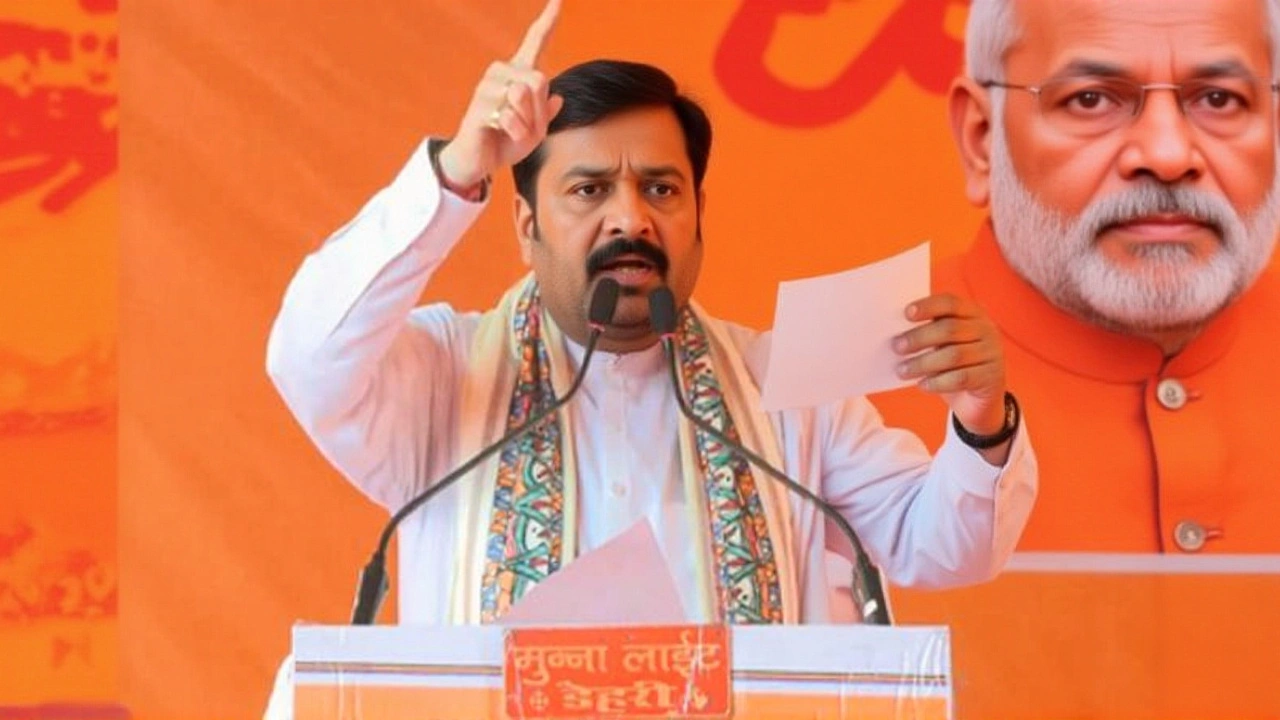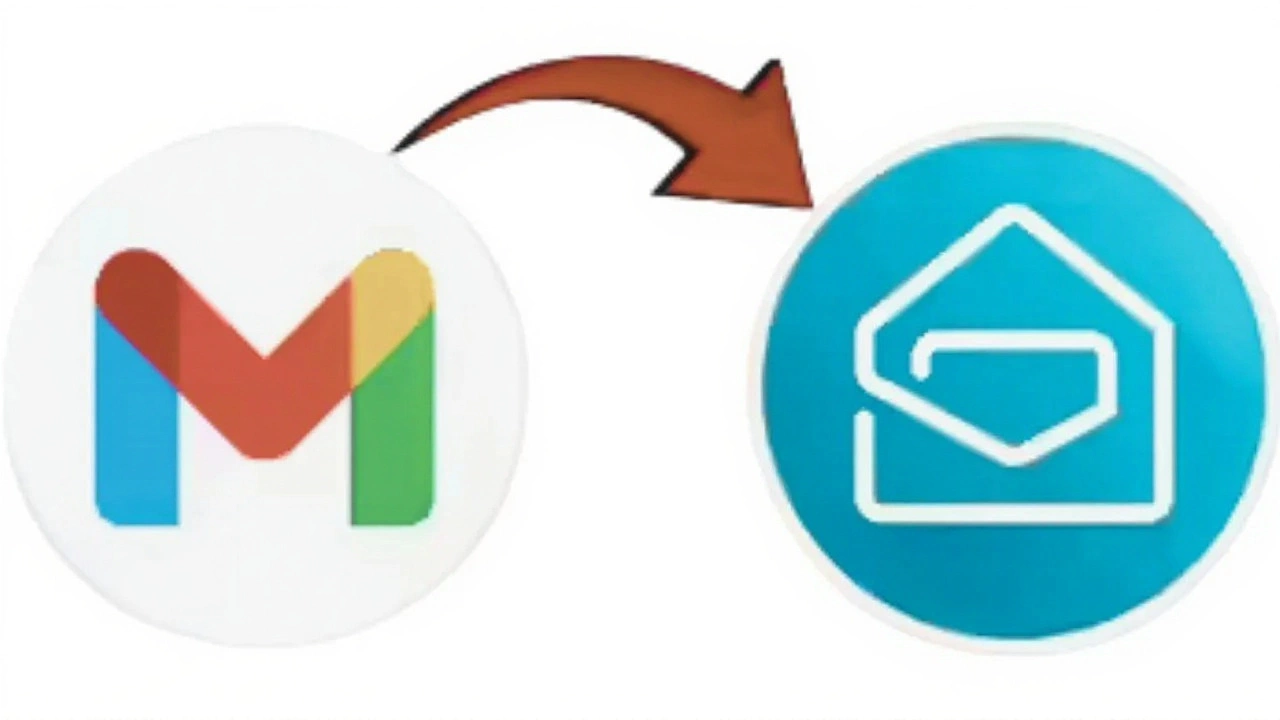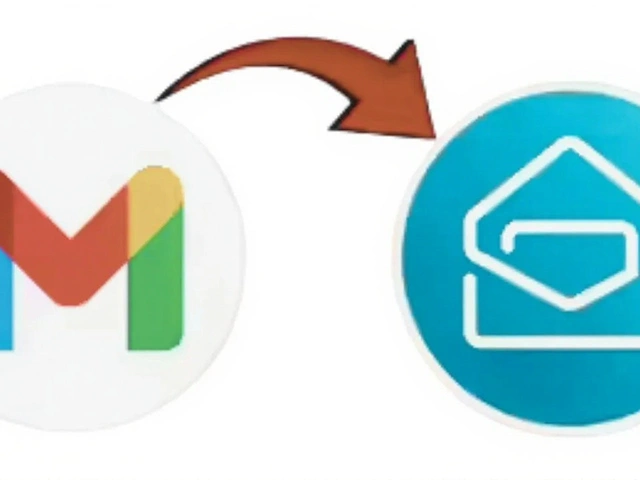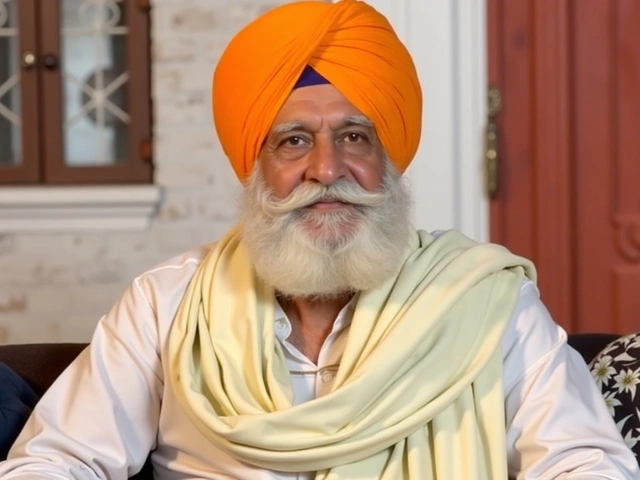When Amit Shah, Union Home Minister announced on that the Ministry of Home Affairs would replace Gmail with Zoho Mail, the decision sparked a wave of “Make in India” momentum across New Delhi and beyond.
Background of the Switchover
The push to retire Gmail in favour of a domestically‑grown alternative stems from a broader directive issued by the Ministry of Electronics and Information Technology in January 2024. The ministry warned that foreign‑hosted email services could expose sensitive government data to jurisdictions beyond India’s legal reach. This warning dovetailed with Prime Minister Narendra Modi’s long‑standing "Digital Sovereignty" agenda.
Founded in 1996 by Sridhar Vembu, Zoho Corporation has grown from a modest suite of business apps into a multi‑billion‑dollar enterprise. Its e‑mail platform, launched in 2011, touts ad‑free usage, end‑to‑end encryption, and data residency on servers located within India’s borders.
How the Migration Works
For a typical civil servant, the switch is a three‑step process:
- Sign up for a Zoho Mail account (free or paid plan) at zoho.com/mail.
- Enable IMAP in Gmail’s Forwarding and POP/IMAP settings and generate an App Password from Google’s Security page.
- Run Zoho’s Migration Wizard (found under Import/Export) to pull emails, folders, and contacts from Gmail into Zoho Mail.
Once migration completes, users set up forwarding from their old Gmail address to the new Zoho ID to catch any stragglers. The wizard also offers a one‑click option to notify contacts of the new address, easing the transition for banking alerts, subscriptions, and social‑media logins.
Large inboxes can take 1–2 days to sync fully; the system shows a progress bar that updates in real time. IT teams in ministries have been asked to monitor the transfer and report any hiccups to the central helpdesk within the Home Ministry’s Digital Operations Unit.
Government Departments Embrace Zoho Mail
Within two weeks of the announcement, the Internal Security Division and the Department of Revenue reported that over 3,800 officials had completed the migration. According to a spokesperson from the Ministry of Home Affairs, about 15,000 civil servants were actively using Zoho Mail by early April.
"Zoho Mail provides the control we need over our communications," said Rohit Sharma, Head of Product, Zoho Mail. "There are no ads, no third‑party trackers, and every message rests on Indian soil."
Security and Data‑Sovereignty Benefits
Cyber‑security expert Dr. Anil Pandey, Senior Analyst, Indian Cyber Security Council welcomed the move, noting that "end‑to‑end encryption coupled with local data storage drastically reduces exposure to foreign intelligence‑gathering mandates under the CLOUD Act or similar statutes."
The Indian Data Protection Bill, still pending parliamentary approval, emphasizes that personal and governmental data must be stored within national jurisdiction unless explicit consent is obtained. Zoho Mail’s architecture already complies with these emerging requirements, giving the government a ready‑made solution.

Challenges and Future Outlook
Switching an entire bureaucracy isn’t without friction. Some legacy applications still rely on Google‑specific APIs, prompting IT teams to develop middleware connectors. Additionally, a minority of users reported occasional formatting glitches when large attachment files moved from Gmail’s proprietary MIME handling to Zoho’s more standards‑based engine.
Nevertheless, officials remain optimistic. The Electronics and Information Technology Ministry has set a target of migrating 50,000 government employees by September 2024. If the timeline holds, India could become the largest single‑government client of Zoho Mail worldwide.
Key Takeaways
- Union Home Minister Amit Shah led the decision to replace Gmail with Zoho Mail.
- Migration relies on IMAP, App Passwords, and Zoho’s Migration Wizard.
- Security advantages stem from ad‑free experience, Indian data residency, and built‑in encryption.
- Over 15,000 civil servants have already switched; the goal is 50,000 by Sep 2024.
- Challenges include legacy API compatibility and occasional formatting quirks.
Frequently Asked Questions
How does the migration affect government employees?
Employees receive a new @zoho.com address, but their old Gmail inbox forwards automatically for up to 90 days. IT departments provide step‑by‑step guides, and most users report a smooth transition after the initial data sync.
What security advantages does Zoho Mail offer over Gmail?
Zoho Mail encrypts messages at rest and in transit, stores data on servers located in India, and eliminates third‑party advertising trackers. This reduces exposure to foreign data‑access laws and aligns with the Indian Data Protection framework.
When is the full rollout expected to complete?
The Ministry of Electronics and Information Technology aims to have 50,000 civil servants on Zoho Mail by 30 September 2024, with the remaining departments phased in during the following fiscal year.
Which ministries have already completed the switch?
Both the Home Ministry and the Internal Security Division have completed the migration. The Departments of Revenue, Health, and Education are in the final testing stage and expect to go live within the next month.
Are there any costs for individual users?
The government has secured a bulk‑license agreement with Zoho, meaning no subscription fee for civil servants. Power users can opt for premium plans, but the standard ad‑free tier meets all official requirements.
How does data residency differ between Gmail and Zoho Mail?
Google’s data centres for Gmail are spread across the United States, Europe, and Asia, making it subject to foreign legal orders. Zoho Mail’s primary servers for Indian customers are located in data centres in Hyderabad and Mumbai, ensuring that all communications remain under Indian jurisdiction.





